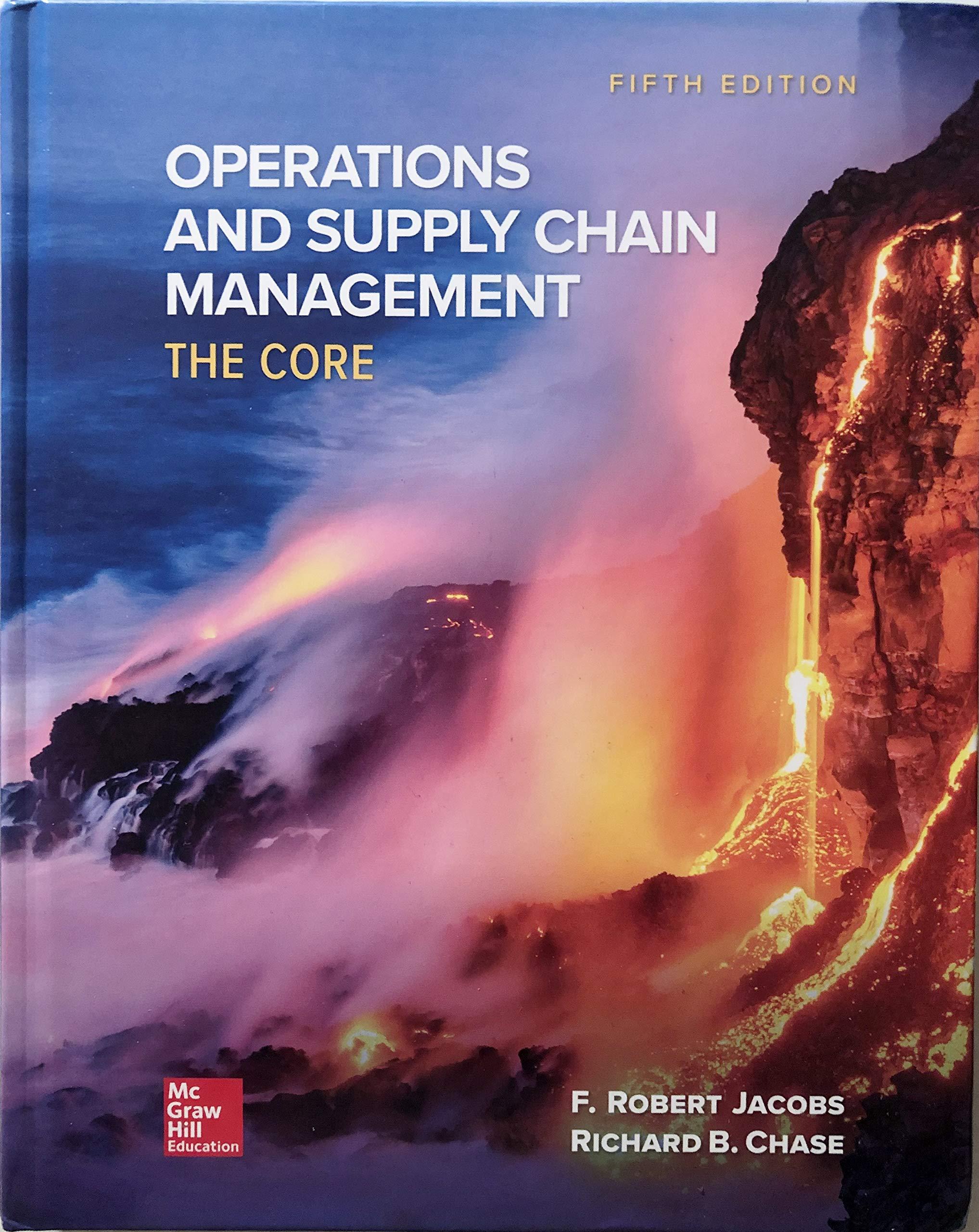Reengineering the China/US Supply Chain W. W. Grainger, Inc. is a leading supplier of maintenance, repair, and
Question:
Reengineering the China/US Supply Chain W. W. Grainger, Inc. is a leading supplier of maintenance, repair, and operating (MRO) products to businesses and institutions in the United States, Canada, and Mexico with an expanding presence in Japan, India, China, and Panama. The company works with more than 5,000 suppliers and runs an extensive Web site (www.grainger.com) where Grainger offers nearly 1.5 million products. The products range from industrial adhesives used in manufacturing, to hand tools, janitorial supplies, lighting equipment, and power tools. When something is needed by one of its customers, it is often needed quickly, so quick service and product availability are key drivers to Grainger’s success.
Your assignment involves studying U.S. distribution in Grainger’s supply chain. Grainger works with over 250 suppliers in the China and Taiwan region. These suppliers produce products to Grainger’s specifications and ship to the United States using ocean freight carriers from four major ports in China and Taiwan. From these ports, product is shipped to U.S. entry ports in either Seattle, Washington, or Los Angeles, California. After passing through customs, the 20- and 40-foot containers are shipped by rail to Grainger’s central distribution center in Kansas City, Kansas. The containers are unloaded and quality is checked in Kansas City. From there, individual items are sent to regional warehouses in nine U.S. locations, a Canadian site, and Mexico.
Grainger: US Distribution
In the United States, approximately 40 percent of the containers enter in Seattle, Washington, and 60 percent at the Los Angeles, California, port. Containers on arrival at the port cities are inspected by federal agents and then loaded onto rail cars for movement to the Kansas City distribution center. Variable costs for processing at the port are $5.00 per cubic meter (CBM) in both Los Angeles and Seattle. The rate for shipping the containers to Kansas City is $0.0018 per CBM per mile. In Kansas City, the containers are unloaded and processed through a quality assurance check. This costs $3.00 per CMB processed. A very small percentage of the material is actually sent back to the supplier, but errors in quantity and package size are often found that require accounting adjustments. Items are stored in the Kansas City distribution center, which serves nine warehouses in the United States. Items are also sent to warehouses in Canada and Mexico, but for the purposes of this study we focus on the United States. The nine warehouses each place orders at the distribution center that contains all the items to be replenished. Kansas City picks each item on the order, consolidates the items onto pallets, and ships the items on 53-foot trucks destined to each warehouse. Truck freight costs $0.0220 per CBM per mile. The demand forecasts for the items purchased from China/Taiwan for next year in cubic meters and shipping distances are given in the following table:

What should be done based on your analytics analysis of the United State distribution system? Should the new Los Angeles distribution center be added? Is there any obvious change that Grainger might do to make this option more attractive?
Step by Step Answer:

Operations And Supply Chain Management The Core
ISBN: 9781260238884
5th Edition
Authors: F. Robert Jacobs, Richard Chase





